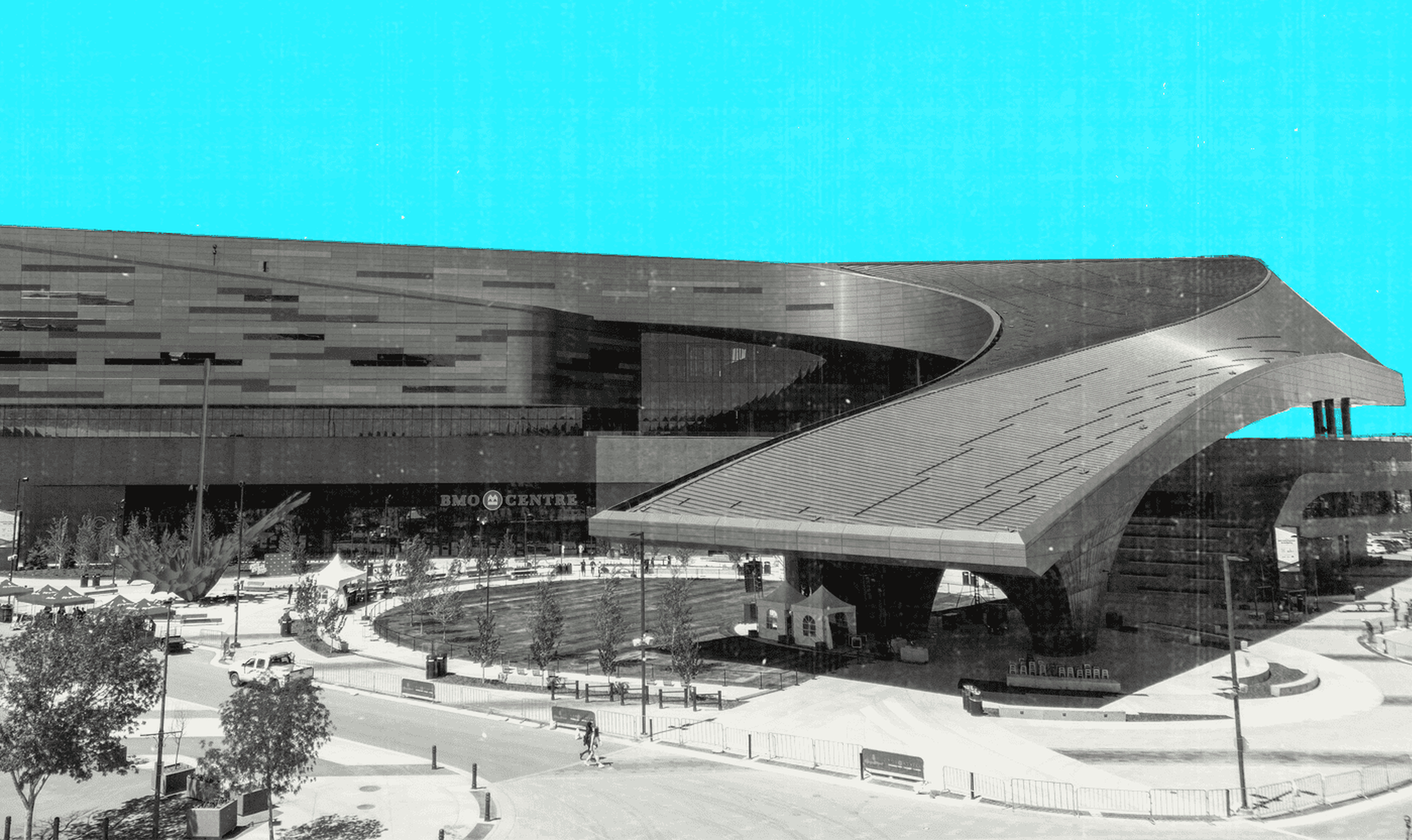
Photo: Gavin John/The Sprawl
The real costs of Calgary’s new BMO Centre
City hall went big — and is feeling the pinch.
Sprawlcast is Calgary’s in-depth municipal podcast. Made in collaboration with CJSW 90.9 FM, it’s a show for curious Calgarians who want more than the daily news grind.
If you value in-depth Calgary journalism, support The Sprawl so we can do more stories like this one!
The short version
- City hall’s finance department has warned that “inflation is having an immediate impact on the city’s ability to deliver approved capital projects.” Projects hit by cost escalations range from the Green Line to community recreation facilities.
- City hall is bracing for inflation in numerous ways, including preparing cuts to the 2025 budget to free up more cash for capital cost escalations.
- The warnings come as one big-ticket capital project in Victoria Park opens (the BMO Centre expansion) and another two are expected to break ground later this year (the new Flames arena and a new Arts Commons building).
- The city has said the $500 million cost of the BMO Centre, which stayed on budget, was split equally between the federal, provincial and municipal governments, but in fact city hall covered both the municipal and provincial costs ($333 million) of the project.
- The upfront cash costs to city hall for the BMO Centre expansion ($333 million), the Flames arena ($853 million) and the new Arts Commons building ($270 million) add up to $1.45 billion.
- The provincial contribution to the BMO Centre is a 20-year extension of the Rivers District community revitalization levy—a financial tool that allocates a portion of property taxes in the area to pay for infrastructure projects, including the BMO Centre.
- The community revitalization levy is expected to recoup the city’s $333 million for the BMO Centre by 2047.
- The previous arena deal had a backup plan of sorts: to capture some of the facility fee and naming rights revenue from a new Flames arena in case the community revitalization levy revenue doesn’t materialize as hoped. City hall called it a “financial backstop” for the BMO Centre. The new arena deal doesn’t include this arrangement.
The full version
JOEL COWLEY (CALGARY STAMPEDE CEO): This expansion really represents the next generation of convention centres.
COUNCILLOR EVAN SPENCER: Very tangibly, our budget is going to increasingly get crushed here in the years to come.
LINDSAY TEDDS (U OF C ECONOMIST): Things like the BMO Centre and the event centre—those are nice-to-haves, not need-to-have.
COUNCILLOR JASMINE MIAN: It does not make sense to pit our own projects against each other. We have to be a city that can do it all.
JEREMY KLASZUS (HOST): It’s the biggest convention centre in Western Canada. The Calgary Stampede has officially opened the BMO Centre expansion—a sprawling, sweeping three-level building across from the Saddledome. It’s a new architectural showpiece for the city’s skyline, and it’s expected to jumpstart commercial and residential development in the area while bringing convention-goers from all over the world.
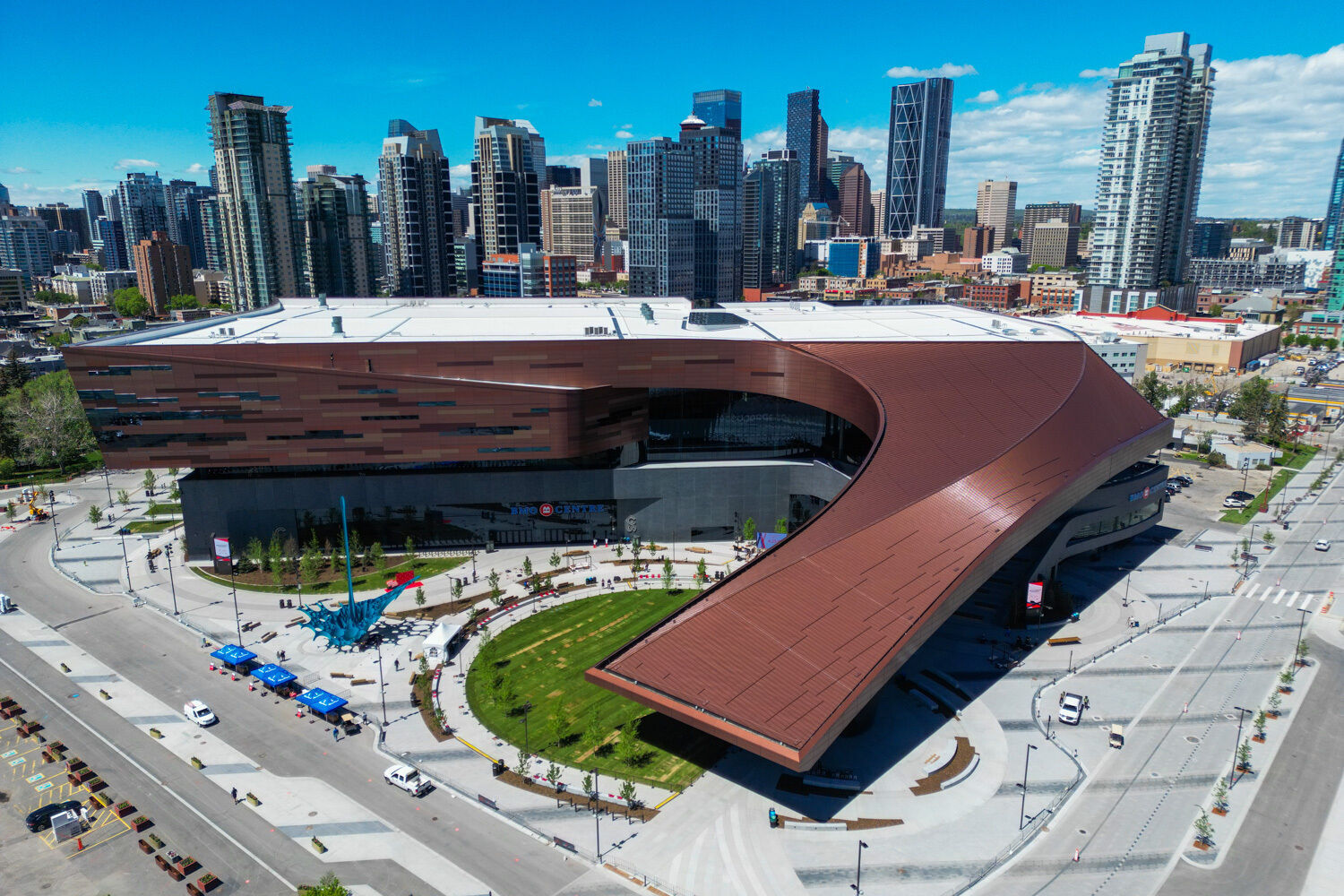
KLASZUS: Here’s Mayor Jyoti Gondek speaking at the grand opening on June 5.
MAYOR JYOTI GONDEK: We are just getting started. We will have incredible hotels in this area. This is one of the drivers. We have an event centre coming up out of the ground as well. We are in a good spot. We will attract all of the real estate plays that we need.
KLASZUS: The BMO Centre is an anchor of what city boosters call the Culture and Entertainment District. Previously it was better known as the neighbourhood of Victoria Park and the Calgary Stampede grounds. And the new BMO Centre was built on budget, a feat that looks increasingly difficult to accomplish.
MAYOR GONDEK: We’re just in a different time than we were in when we started this building, and I think we need to be realistic about how we’re planning for projects into the future.
KLASZUS: A week before the BMO Centre’s grand opening, the city’s finance department delivered a warning to city council. “Inflation is having an immediate impact on the city’s ability to deliver approved capital projects,” they said. In response, council has directed city admin to prepare cuts to the 2025 budget to free up more cash for these cost escalations.
In recent years, city hall has gone big when it comes to capital projects. The Green Line. The new arena deal. The BMO Centre expansion. An Arts Commons expansion. City councils past and present have set out to do it all—but can it work?
Let’s dig into it.

We are just getting started. We will have incredible hotels in this area. This is one of the drivers.
Council debated the $1.5 billion Big Four in 2019
To understand city hall’s current situation, we need to go back to 2019. That’s when city council approved a financial strategy for four major capital projects—sometimes called the Big Four—estimated at the time to collectively cost $1.5 billion. They include the new Flames arena, the BMO Centre expansion and the Arts Commons expansion.
Oh and I forgot about the fourth one: the fieldhouse. Everyone is always forgetting about the fieldhouse. It’s the only one of these four projects that isn’t moving ahead right now.
Anyway, in March of 2019, council had to decide whether or not to approve the financial strategy for these four projects, which would draw from a variety of funding sources, including the city’s reserves. Here's Shane Keating, who was a city councillor at the time.
COUNCILLOR SHANE KEATING: What we're talking about is a strategy to move all forward in a manner that would take, I would say, up to 10 years. Plus, if we're looking at all phases for Arts Commons, we might go as high as 15 years. It's not happening tomorrow. It's not happening this year. It won't all happen within our term.
What we are really setting is risk tolerance today by moving forward on a strategy to do four projects.
KLASZUS: And this was happening against the backdrop of the $4.5 billion Green Line, which council had already committed $1.5 billion to.
In March 2019, the city’s chief financial officer recommended against moving ahead with all four projects. She recommended they move ahead with just one—citing the Green Line and an upcoming provincial election—but council wanted to move forward on them all. Here are Druh Farrell, Jeromy Farkas and Evan Woolley, who were all councillors at the time. And they all urged caution.
COUNCILLOR DRUH FARRELL: I'm very worried about the risk that we would be taking on.
COUNCILLOR JEROMY FARKAS: Frankly, I find that it’s reckless to proceed in this way, to overextend ourselves in such a way.
COUNCILLOR EVAN WOOLLEY: I really want to do all these projects too, but we cannot in a fiscally responsible way undertake these. And our chief financial officer has told us that. I cannot stress how worried I am about this.
KLASZUS: On the other side, you had councillors who were enthusiastic about moving ahead with all four projects. We’ll hear former councillors Jeff Davison, Ward Sutherland, and Jyoti Gondek, who represented Ward 3 at the time.
COUNCILLOR JEFF DAVISON: I think that when Calgarians are struggling, we need to show leadership.
COUNCILLOR WARD SUTHERLAND: Yes, times are challenging. Yes, there are unknowns. We, as a council, need to consider risk on behalf of Calgarians. It is now time to stop fearmongering and more towards a can-do attitude that used to be in this city.
COUNCILLOR JYOTI GONDEK: The decision that's before us right now is to show that we believe in our city's future. Each project could be an indicator that our city is looking forward and not lamenting our current state. The decision is ours to make, council: Do we have faith in ourselves, as we expect others to have in us?
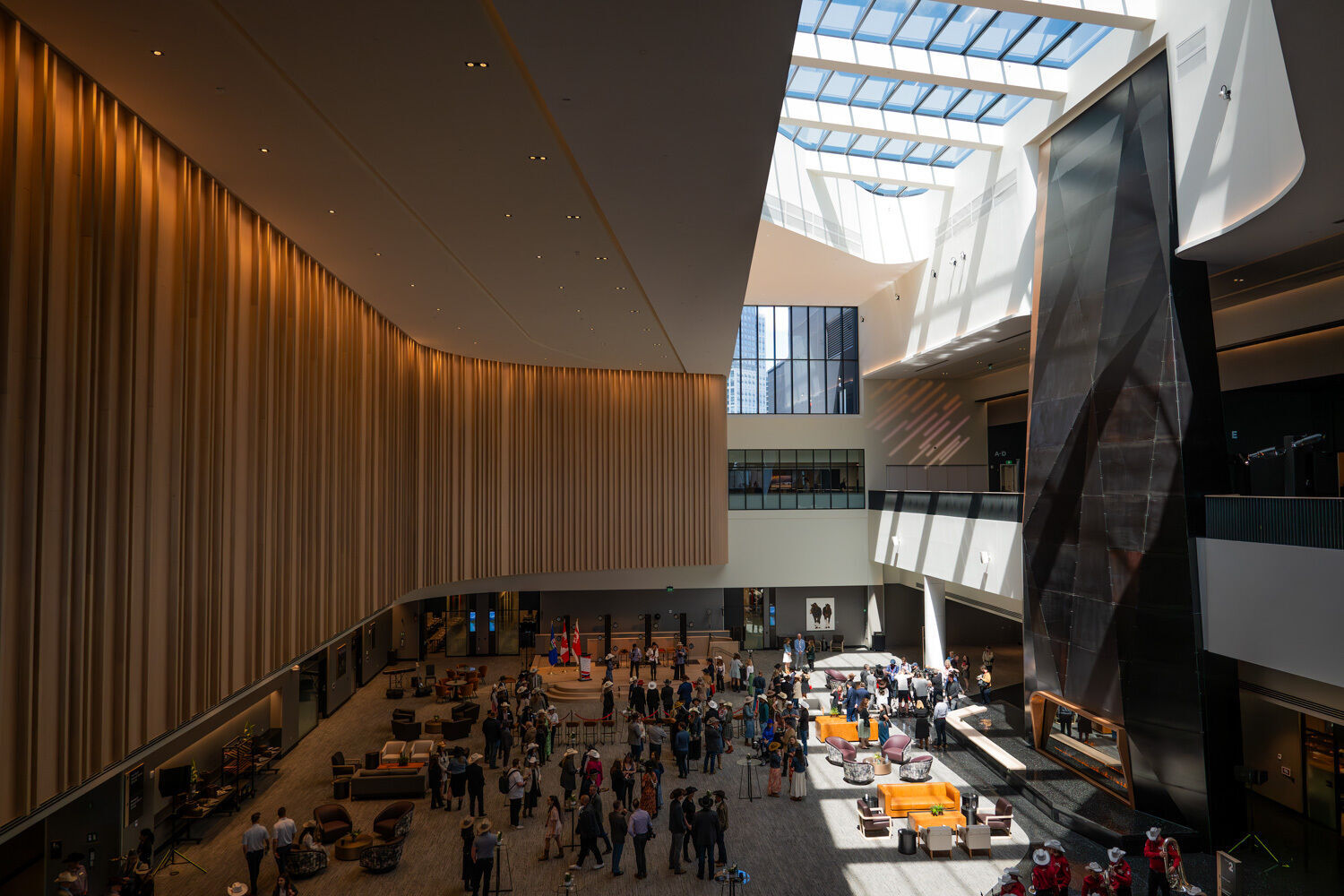
KLASZUS: It was clear that this would be a huge decision—and that by choosing these four projects, council would be choosing not to do others. Here’s former Mayor Naheed Nenshi at that 2019 meeting.
MAYOR NAHEED NENSHI: It is undeniably true that if council approves what's before you today—Councillor Keating's motion—it will restrict your future flexibility on many things.
COUNCILLOR WOOLLEY: For many years.
KLASZUS: Council approved the funding strategy for all four projects—and then moved quickly on both the BMO Centre and the arena. Funding for the BMO Centre was approved in March of 2019. And in the summer of 2019, council approved a deal with the Calgary Flames and Calgary Stampede, committing $290 million of city funds for a new NHL arena.
It is undeniably true that if council approves what’s before you today… it will restrict your future flexibility on many things.
KLASZUS: I recently asked city city chief financial officer Carla Male about her recommendation of one project—and what changed. And she says the financial strategy has successfully held as the projects have been rolled out over time, rather than all at once.
CARLA MALE: The recommendation of one was really around timing. And the reason we packaged it as four is that if you wanted to do four right now—we just simply weren’t able to do that. But we approved the strategy knowing that it would roll out over a number of years, and that certainly has come to bear. In fact, the underlying schedule of just how long is actually fairly on track, I’ll be honest with you. Not having the fieldhouse started isn’t a surprise from a financial strategy perspective.
KLASZUS: In 2019, there were also deep concerns on council about the city keeping the strategy confidential. And I asked Male about this too.
MALE: So it’s confidential because, as you know, [on] many of these projects, we also have partners. And so it also included potential amounts from other partners and those sorts of things. So it was a more holistic look than just city resources. It was a holistic look at all of the projects with all of the other pieces in it.
'Actually very large': City put more into BMO Centre than original arena deal
KLASZUS: In the public mind, the arena is often seen as the big project. But here’s a little-known fact. In 2019, city council put more cash into the BMO Centre than it did for a new Flames arena. The BMO Centre expansion has always had a relatively low profile, hanging in the background while the arena makes headlines. But in 2019, council committed $333 million for the BMO Centre—and that's $43 million more than council committed to for the original arena deal ($290 million).
The city has said the cost of the BMO Centre “is funded through equal shares” between the federal, provincial and municipal governments, something Premier Danielle Smith repeated at the BMO grand opening.
PREMIER DANIELLE SMITH: All three levels of government each put in $166 million to make this happen.
KLASZUS: But that’s not really the case. When you look at the fine print of the BMO Centre deal, the city is paying much more than one third. In fact, the city is paying double that, covering off the provincial one-third as well as its own.
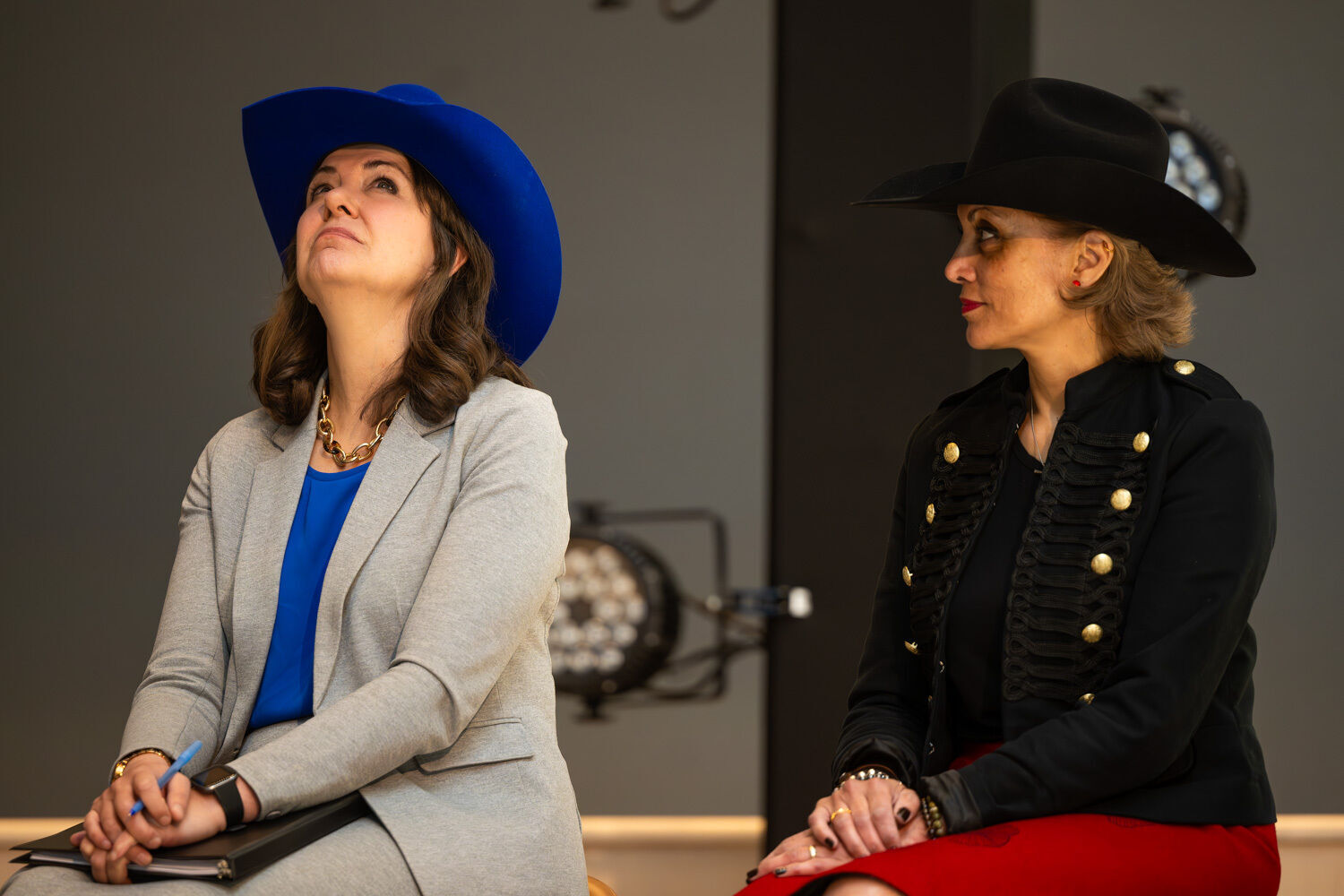
KLASZUS: The province’s contribution is that it used its powers to extend a property tax tool called the community revitalization levy, or CRL. And this was introduced in 2007 as a way to fund infrastructure projects in East Village.
KATE THOMPSON: In 2007, the tax levels were frozen for both provincial and municipal portions of tax. And anything that we could create over and above that, we redirected into investment in the district.
KLASZUS This is Kate Thompson, CEO of the Calgary Municipal Land Corporation, or CMLC. And CMLC is the city-owned developer that rebuilt East Village and is now redeveloping the Culture and Entertainment District, including the BMO Centre.
THOMPSON: We’re taking that CRL uplift and we’ve been able to invest in East Village, the roads, raising the roads, cleaning up the environmental remediation in that area—and invest in the library, and now invest in this project. And it’s been an amazing tool for our city, and it’s the envy of many North American cities.
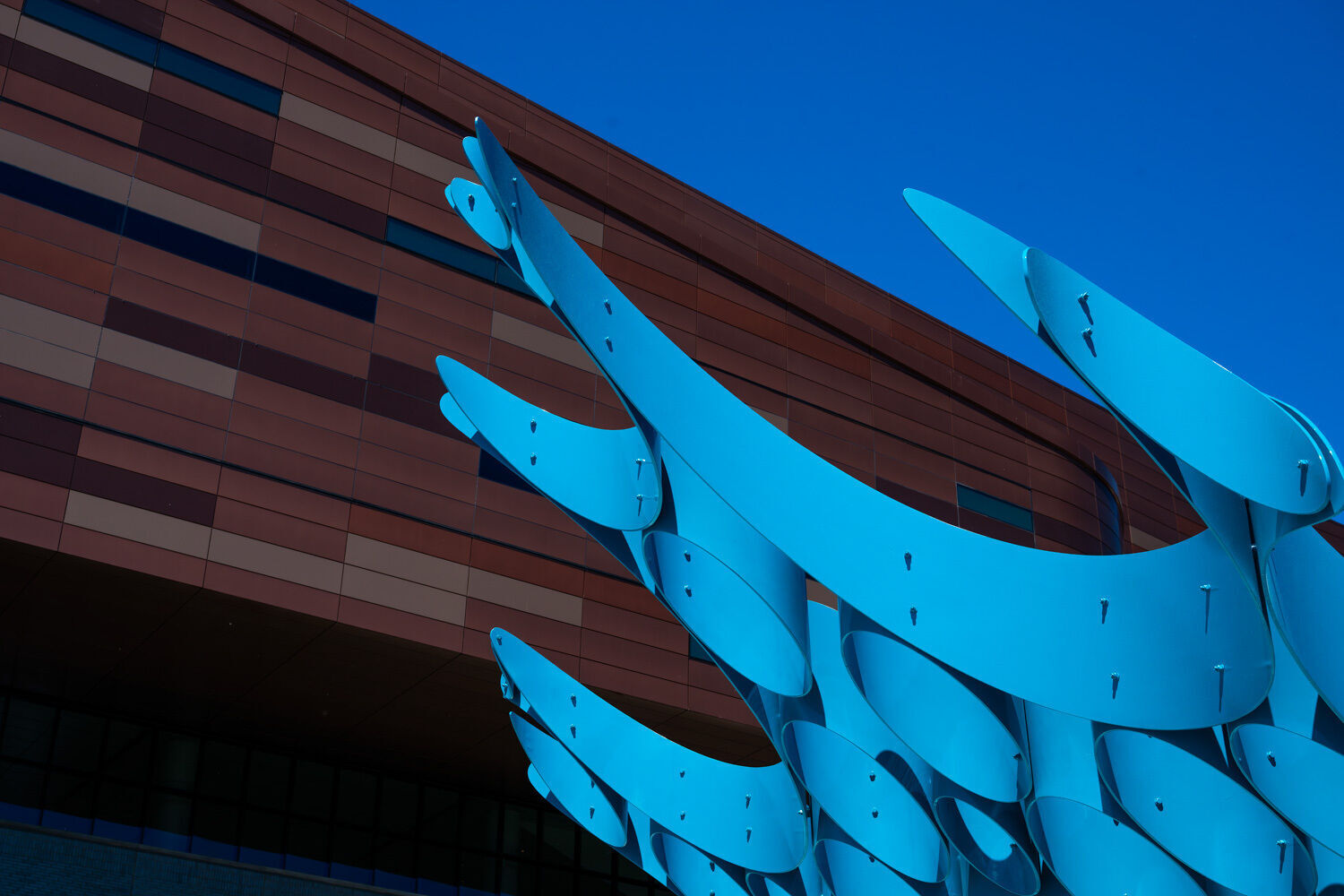
In reality, the city’s contribution is two-thirds of the BMO Centre. So it’s actually very large.
KLASZUS: The community revitalization levy was originally set to expire in 2026. But the province extended it to 2047. And this extension is the provincial contribution to the project.
LINDSAY TEDDS: So it is kind of the province, but to me, that's a bit of a shell game.
KLASZUS: This is University of Calgary economist Lindsay Tedds.
TEDDS: It’s not coming out of the provincial coffers. It’s going to be coming out of residences in that area that are paying property taxes, and it will be for a length of time.
KLASZUS: Here’s how then mayor Naheed Nenshi described the BMO Centre deal in 2019.
NENSHI: Just so people understand that deal, it’s ostensibly a one-third, one-third, one-third deal for a $500 million project. So, $167 million each.
The challenge with that one is that the province’s contribution isn’t really a contribution. The province’s contribution is: We’re going to extend the community revitalization levy for another 20 years, and feel free to use that money for the BMO Centre. So in reality, the city’s contribution is two-thirds of the BMO Centre. So it’s actually very large.
KLASZUS: By 2047, the city will recoup the $333 million it loaned CMLC for the BMO Centre—if all goes according to plan.
TEDDS: There are always concerns, right? Because you’re forecasting forward. So you’re making assumptions about assessment values, population growth, all of those sorts of things, in order to predict what funds are going to come from that CRL.
It is kind of the province, but to me, that’s a bit of a shell game.
KLASZUS: The previous arena deal included a backup plan. Under that deal, the city was expecting over $150 million in facility fee revenue and naming rights revenue. And some of these funds were going to be set aside in city reserves and earmarked for the BMO Centre.
This was described as a “financial backstop” for the BMO Centre in case the community revitalization levy fell short. Here’s city CFO Carla Male in 2019, speaking about that arrangement.
MALE: It provides comfort and a buffer. But by virtue of the event centre coming in addition to the BMO Centre and further catalyzing the district, [this] also hedges and provides benefit around certainty of those internal loan dollars coming back to us in the future, and then having an opportunity to spend those dollars in the future.
KLASZUS: But that arena deal fell through at the end of 2021.
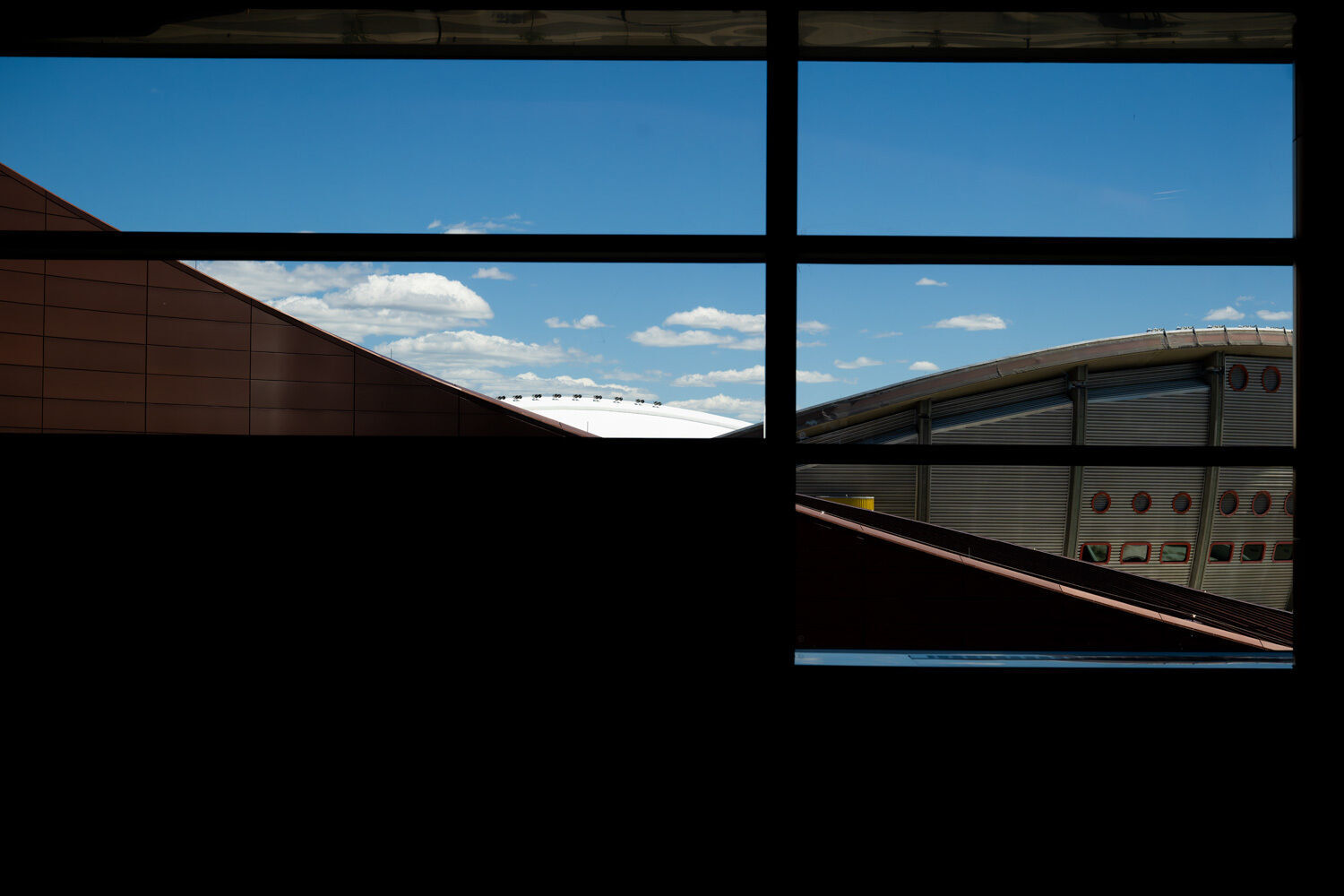
KLASZUS: The new Calgary arena deal, which council approved in April of 2023, is quite different than the old one—and not just because of the $853 million price tag for the city, nearly triple the upfront cash cost of the previous deal. The new deal wasn’t presented and debated publicly at council like the 2019 deal was. And it doesn’t include the financial backstop for the BMO Centre.
I asked Male about this.
MALE: So that does change. What I will say is we monitor that CRL very closely. The CMLC, who is the organization with the Rivers District responsibilities, does a really good job in governing and forecasting and just being very realistic with what the potential for the capacity of the CRL is. And so we are comfortable with the new arrangements under the event centre deal.
KLASZUS: The Arts Commons expansion, which is costing the city $270 million, also relies on CRL revenue. According to CMLC’s latest annual report, CRL revenue in the Rivers District was nearly $35 million in 2023. Kate Thompson of CMLC says it has fluctuated over the years but the BMO Centre investment is sound.
THOMPSON: Since 2007, we’ve had a couple of ups and downs—which is very synonymous with Calgary, and also just normal markets. We had the 2008 crash, and then 2014 when oil prices slumped, and then obviously the unknowns of 2020. So we’ve already weathered about three different dips, and we are still tracking along where we assumed we would be. So we’re very conservative in how we estimate the CRL and how it comes to be. We never count our chickens before they hatch. We don’t count any future tax dollars for any projects that haven’t started already.
Absolutely, it’ll be recouped by 2047. If the market changes and Calgary continues to grow at the pace it’s growing at in 2024, or we see increased investment in our district, we’ll be able to readjust and potentially be able to reinvest into other projects in the area. The idea being that we will go to 2047 and manage our funds right up to that point.
We’re very conservative in how we estimate the CRL and how it comes to be. We never count our chickens before they hatch.
KLASZUS: You wouldn’t know any of this by looking at government announcements for the BMO Centre. You have to really dig to find out what’s going on with these capital projects.
Here’s U of C economist Lindsay Tedds.
TEDDS: When it comes to these capital funds, city budgeting is much more opaque than it is for a provincial or federal government. It can be hard to find all of this information because they don’t table one of those big public documents that we can all go through. It’s all in bits and pieces here and there.
When you look at how these deals are profiled, what you’re talking about is not uncommon—for there to be, say, a one-third, one-third, one-third. But in quite a few projects the city fronts up 100%, and then has to wait over time to hit milestones before they get this alleged one-third, one-third from other levels of government. And there can also be these naming rights, there can be development charges—there can be a whole bunch of things that are all mixed in on this that make these very challenging for the average taxpayer to understand.
I mean, I’m a little more knowledgeable than the average taxpayer, but these capital projects are never easy to understand. As we can all remember going through the last two event centre deals—the one that failed, as well as this one that went forward—there was never enough information to fully understand what was being agreed to. Because we’re told that some of that is private, proprietary information.
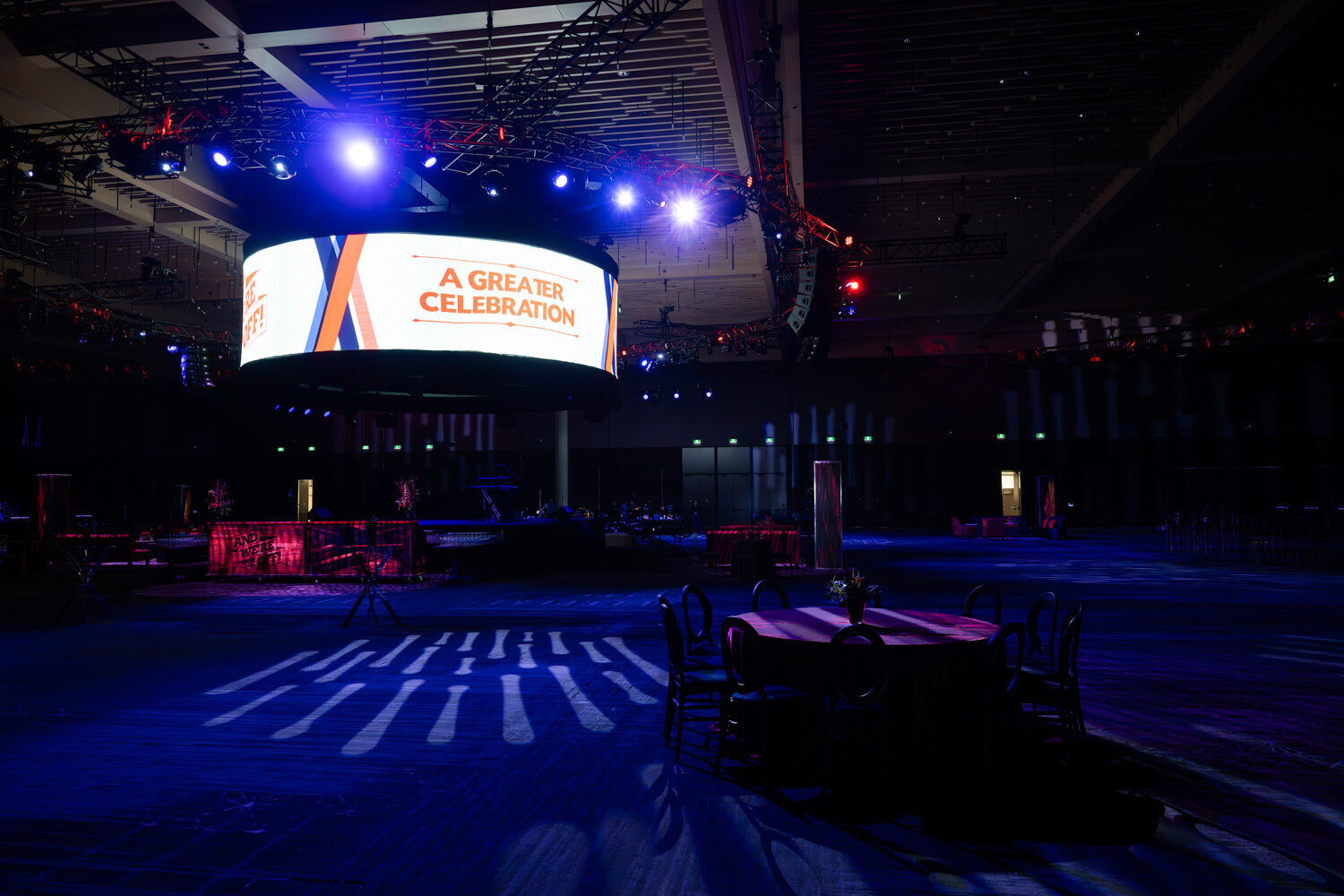
City hall's $147 million cost escalation fund
KLASZUS: So that’s some of what’s happening with big-ticket capital projects. Meanwhile, the city finds itself under financial duress when it comes to smaller projects in neighbourhoods.
TARA NELSON (CTV NEWS): The City of Calgary has unveiled a timeline to close and demolish the Inglewood Aquatic Centre. It means yet another inner city pool will be gone by the end of the year.
KLASZUS: The city said it would cost $600,000 to make the necessary electrical repairs to the aging building. In fairness, the Inglewood pool has some pretty specific circumstances. While the closure is happening earlier than expected, it’s been in the works since 2019.
But it’s not just Inglewood. One of the things that came out in budget week last November was that the same year council approved $853 million for an NHL arena, community sports facilities were being put on hold due to cost escalations. Inflation was boosting costs by almost 20%.
Here’s Heather Johnson, the city’s recreation director, speaking to city council in November.
HEATHER JOHNSON: We have a number of projects that council funded through the community investment strategy a couple of years ago. That includes the Belmont fieldhouse, the Saddleridge Athletic Park, the dome at the Soccer Centre, etcetera. And a number of those are facing serious cost escalation pressures and as a result are on hold, looking for additional funds.
KLASZUS: In response, council approved a $147 million “cost escalation fund” so admin can deploy extra funds quickly and not leave projects like these in limbo. Here’s capital priorities director Francois Bouchart in November.
FRANCOIS BOUCHART: There are times when we have an opportunity to lock in a price. There are times that we need the agility to add additional funds to a project to make sure that it moves. And that’s a big impetus behind the cost escalation fund.
KLASZUS: More recently, on May 28, council set aside more than $150 million from city reserves specifically for capital cost overruns. And this was in the context of a shortfall in provincial funding to the city—what’s sometimes referred to as the “municipal fiscal gap.” The city has pegged this gap at $311 million annually, as the city takes on responsibilities downloaded from the province and Calgary’s population explodes.
LINDSAY TEDDS: Municipal fiscal gaps exist all across the land. It’s not unique to Alberta—I’ll just point that out. And what you get into is a bit of a pissing match between the province and the city.
KLASZUS: Here’s city CFO Carla Male at that May 28 meeting.
MALE: The local government fiscal framework, which is how we receive capital funding from the province, doesn’t consider population growth and inflation. In addition, the Government of Alberta is increasing provincial property tax collection from Calgarians by $95.5 million in 2024, which is a 12% increase over 2023. In order to maintain a high quality of life and services, the City of Calgary must address the funding shortfall created by the Government of Alberta.
A number of those are facing serious cost escalation pressures and as a result are on hold, looking for additional funds.
KLASZUS: Council had a $238 million operating surplus in 2023, and city hall is seeing if that provides a template of sorts to help close the funding gap. Council unanimously voted May 28 to have admin prepare cuts to the 2025 budget to free up more cash for cost escalations.
MALE: If we look at just the 2023 variances, they could be the result of one-time events or efficiencies. And it's these efficiencies that we're really focusing in on to create these budget reductions.
KLASZUS: That’s something council will vote on in November, during budget week. Here’s Councillor Sonya Sharp, who spearheaded the current arena deal.
COUNCILLOR SONYA SHARP: Super supportive of looking for efficiencies, and I believe in an organization of this size, there are places we can do better and continue to be efficient.
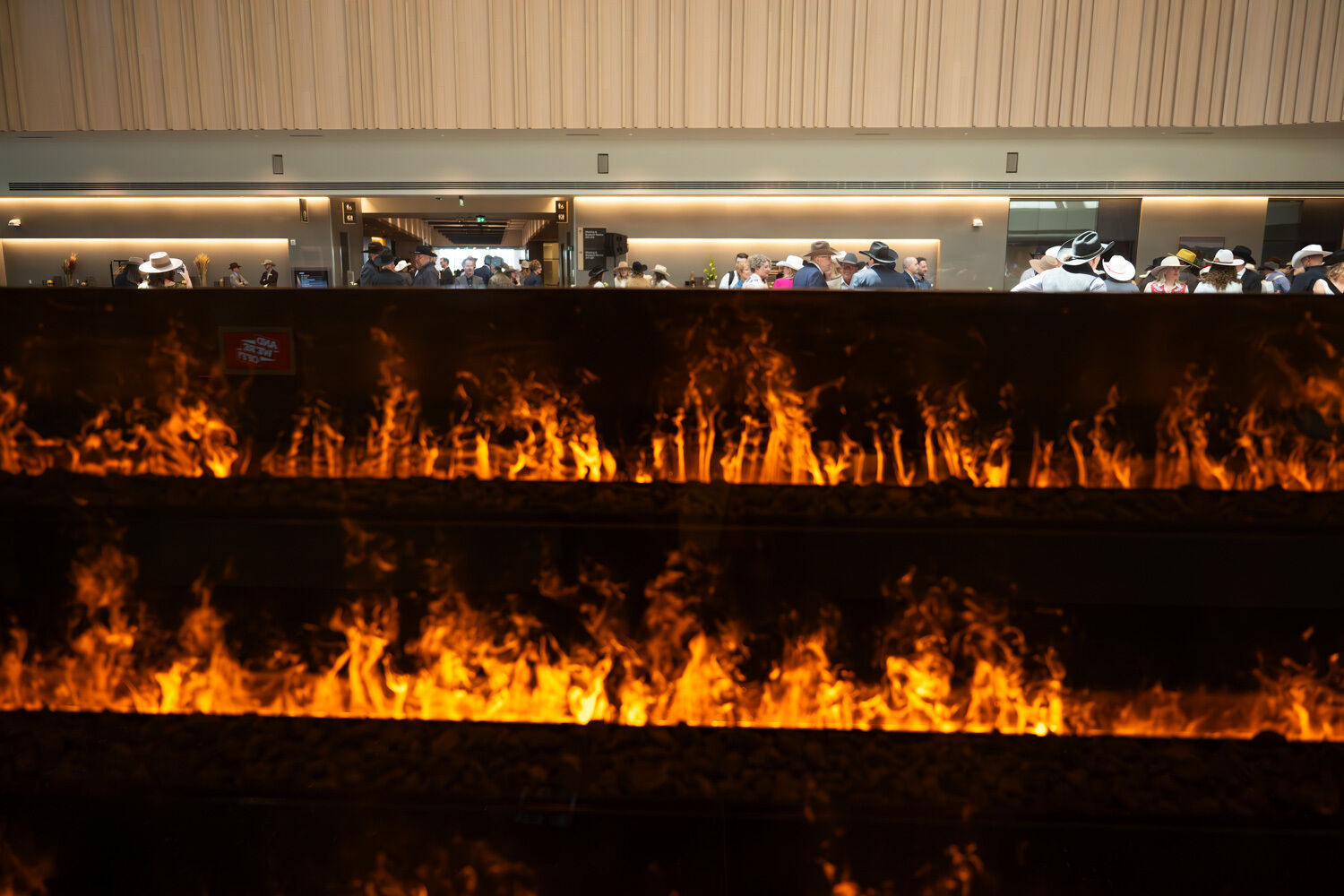
KLASZUS: So on one hand you’ve got nearly $1.2 billion of city cash in the BMO Centre and the arena—in addition to the Green Line. On the other, you’ve got the city scrounging for cash and blaming the province. And so here’s my question: to what extent has one situation caused the other?
TEDDS: I think a lot of people, and I’ll be one of them, can easily throw the event centre under the bus here—under the Green Line bus, so to speak. There are things that are absolutely necessary for a city to invest in, and public transit is really at the top of the list. Subsidizing an arena—I know it’s being called an event centre, but the primary purpose of it is an arena—subsidizing that on behalf of billionaires is a completely ludicrous decision for the city to have made.
So if we’re going to start looking at these capital projects, we need to better look at: what are the required services and capital expenditures that a city has to undertake? And that does include public transit, and it includes roads and bridges and things like that.
But things like the BMO Centre and the event centre—those are nice-to-haves, not need to have. So if we’re getting into a point where inflation is eating into our ability to properly fund all of these capital expenditures, then that suggests that the city has not made a holistic decision in its budgeting process.
And I think particularly you can see that with the event centre, as it wasn’t part of regular ongoing considerations. It’s not in their list of priorities. When you look at the Municipal Government Act, it doesn’t say subsidize arenas for sports teams. But it does clearly say they are responsible for public transit.
So yeah, it is timely for people to be thinking about how logical these decisions were within the grand scheme of a municipal public finance budget.
Things like the BMO Centre and the event centre — those are nice-to-haves, not need to have.
‘Massive trade-offs’: Where council goes next
KLASZUS: That brings us to the plight of city council.
COUNCILLOR EVAN SPENCER: We're in a unique position, this council.
KLASZUS: This is Councillor Evan Spencer, who represents Ward 12 in the city’s southeast.
COUNCILLOR SPENCER: We inherited a whole host of large city-shaping infrastructure projects that are all important for various reasons to the future of this city. And we get to be around as the beginning of the financial implications of all of these projects start to rest on council and Calgarians.
You throw in a pandemic, you throw in labour shortages, you throw in economic headwinds from a macro level, and I would argue there’s probably no place that’s feeling that pain more than local municipalities. And Calgary especially so, because of some of the capital commitments that we’re carrying.
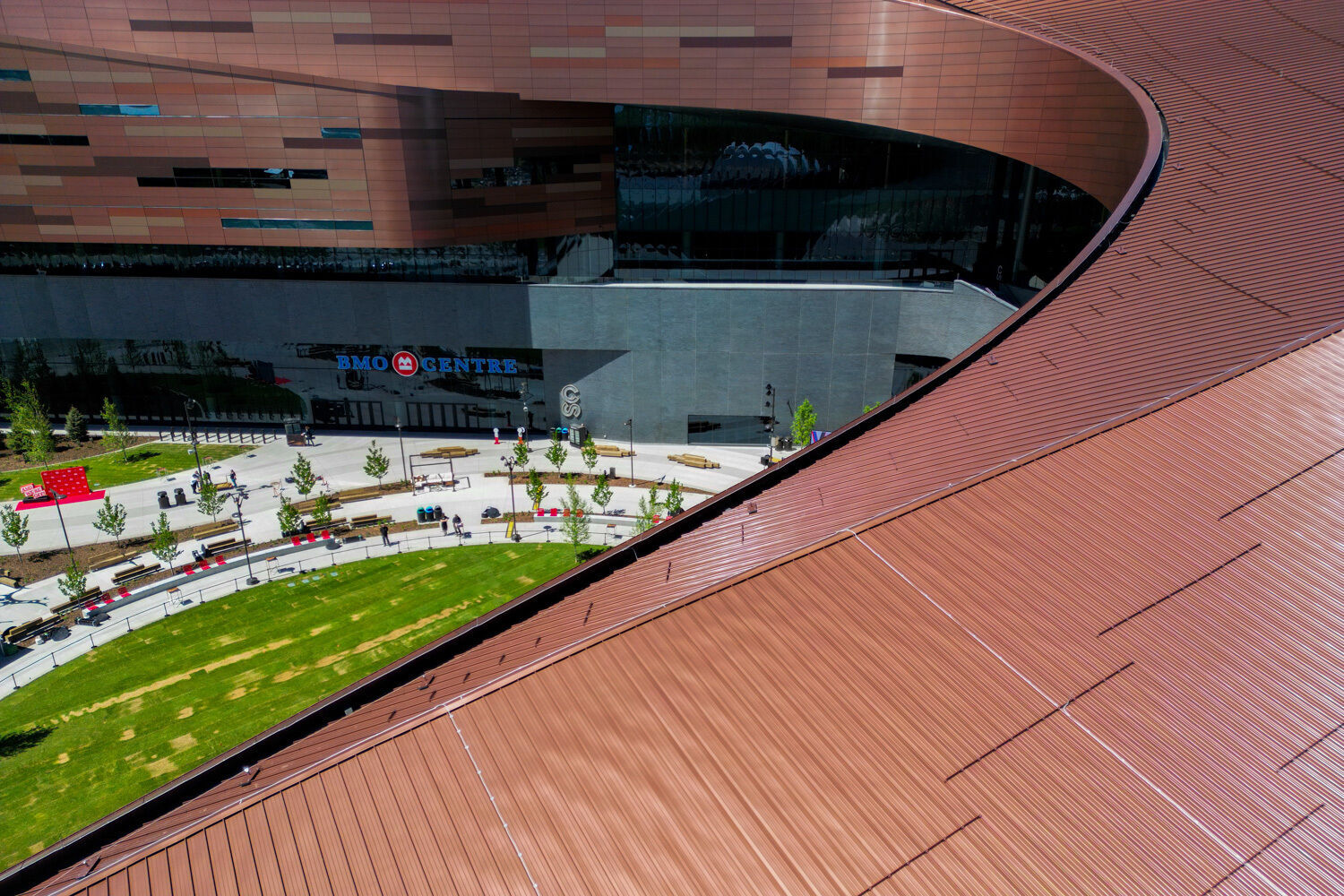
KLASZUS: One of those projects is an expansion to Arts Commons, which is another $270 million from the city.
COUNCILLOR SPENCER: When you look at all of the capital that’s going to that project—I mean, people are not wrong when they say that that could be going to other priorities. That was a commitment made before this council, and for us to stop it, to change course, has massive ramifications. There’s massive trade-offs for any one of these large infrastructure projects.
KLASZUS: But the arena deal was approved by this council, not a previous one. And I asked Councillor Spencer—looking back a year later, was voting yes to the new arena deal a good choice?
COUNCILLOR SPENCER: I’ve definitely asked myself that question in increasing measure, particularly as the financial pressures are coming into full focus around the Green Line in particular. That is a question I’m asking myself constantly.
I think ultimately there are so many good reasons to stay committed to each and every one of those projects. Calgary did have to put a lot aside to make sure the event centre moved forward. And when I voted yes on that, it was because—when you and I chatted about this last time—I didn’t want to be a part of a council that stepped away from some of our massive commitments. And the entertainment and culture district in Calgary is super important to the future of this city. Super important to a whole variety of priorities that we are trying to turn—in terms of downtown revitalization, in terms of trying to attract future investment to fill those empty office towers, and all the rest.
That is a long-term investment. It’s going to be many generations before we really know if it’s going to pay off.
I didn’t want to be a part of a council that abandoned the BMO Centre, a $500 million project. That would have interrupted its ability to add hotel stock and other things that really will make that entire district viable in the long run.
I didn’t want to be a part of a council that abandoned the BMO Centre, a $500 million project.
KLASZUS: Spencer is blunt when talking about the current council’s predicament when it comes to big capital projects.
COUNCILLOR SPENCER: We thankfully have a variety of them moving forward, but that has left us scraping the barrel on the ones that have yet to officially—particularly Green Line, get us to the point where we’re laying track. So we’re in a tough situation where arguably the most important of those large infrastructure projects is in a difficult spot.
KLASZUS: But if Councillor Spencer is losing sleep over the arena deal and its financial repercussions, Councillor Jasmine Mian definitely is not. I spoke with her at the grand opening of the BMO Centre.
COUNCILLOR JASMINE MIAN: The Saddledome was 100% funded by the taxpayer and I think people forget that. And for the first time ever, we have a private sector partner that’s putting in cash. And I think it’s easy to sort of nitpick the deal and be like—well the deal should have had this, or should have had that. But the deal happened, and I think that the deal is going to pay dividends to Calgary in the long-term.
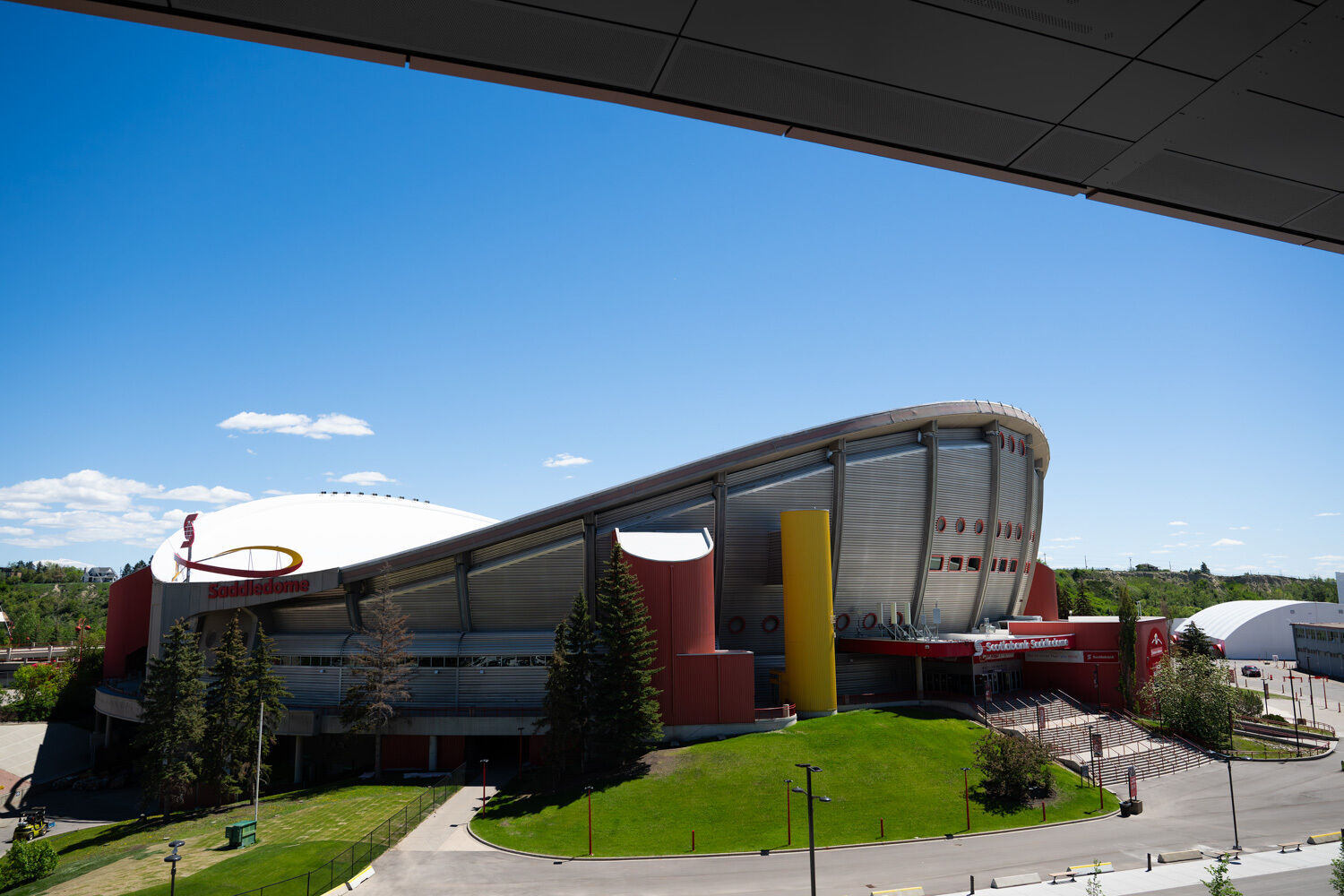
KLASZUS: Mian says this is especially so because of the province’s contribution to the arena deal. The province is kicking in $300 million for infrastructure upgrades around the new Flames arena, along with half the cost of a secondary arena that’s part of the project. And all of this should help bolster the district.
As I reported in a previous Sprawlcast, Councillor Mian campaigned against the arena deal in 2021, saying “if there’s a market for a new Flames arena, the owners could build it themselves.”
COUNCILLOR MIAN: I’ll say two things. One, I think what I learned through that process is it’s actually easy to say anything you want from the outside, before you really know. So I think that that’s a learning for me, and I know we’ve got an election coming up, and we’ll see new candidates kind of have their perspective on things. And then once you get inside and you see the way things work—you might get a new perspective, right? And I certainly didn’t even think through the fact that the original arena that we had was 100% taxpayer funded. I didn’t think about it from that angle, and so that’s the first thing.
And then the second thing I would say is that this deal is so much different. The province came in—and they will receive criticism too, because people are always going to pick their favourite projects—but them coming in really allowed this to be a place. And it allowed it to be a culture and entertainment district, and not just an arena on a parcel. And they unlocked something that is not just going to be great for the Culture and Entertainment District, it’s great for Stampede.
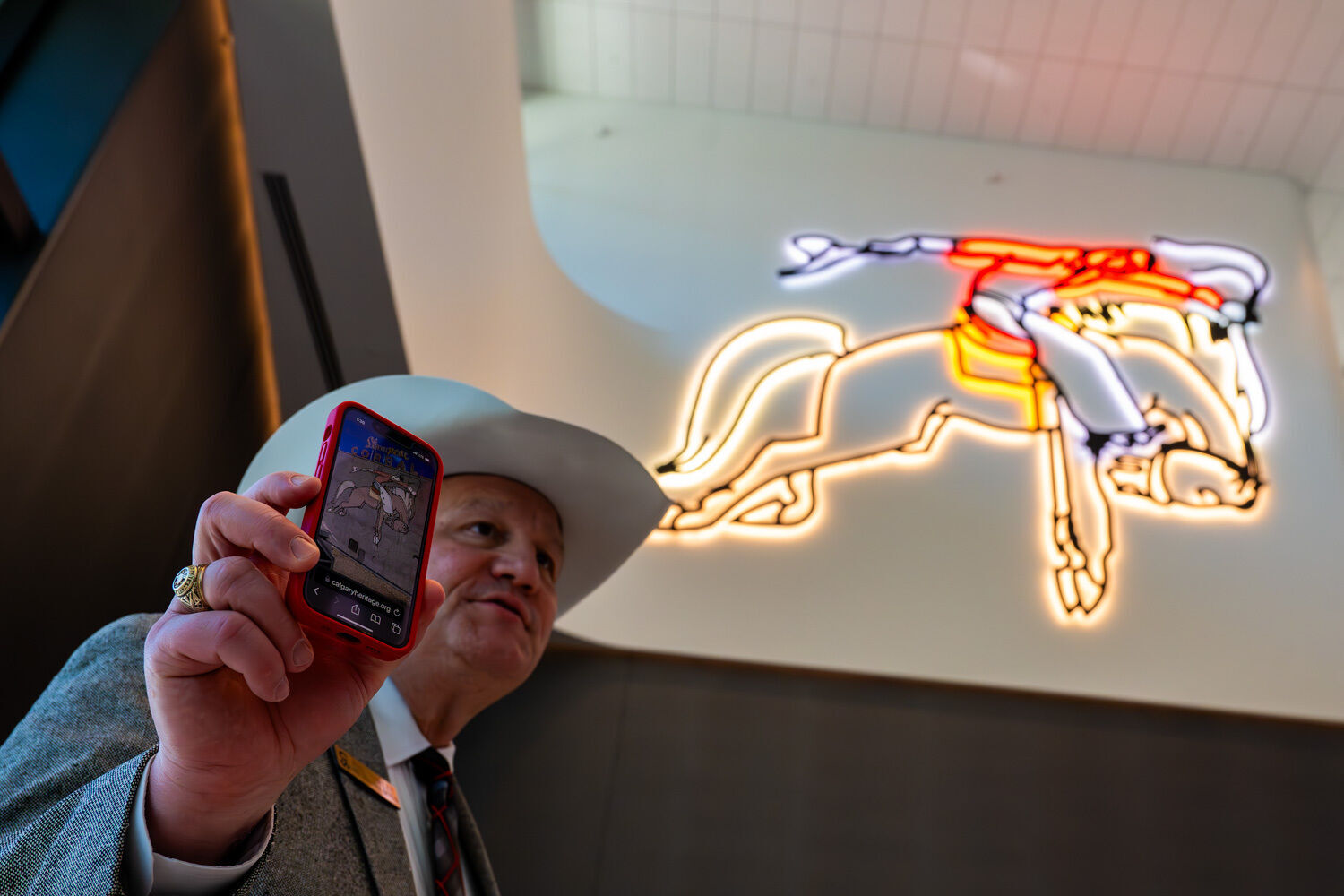
COUNCILLOR MIAN: We have to think about: What is the future of Stampede? They are stewarding this amazing facility, the largest convention centre in Western Canada. They’re not just rodeo anymore, right? And so there was so much more to that deal that I think will become more obvious to people as time goes on.
And certainly, to all the stakeholders here that are a part of that—CMLC, Stampede, the province, the city—I think it was also an opportunity for us to really come together and be like, you know what? We’re not actually going to be a city in a province that is a bad place to do business, or can’t get things done. And we were getting to that point on this, right? We got it done.
So I think it is a very positive thing, and I am very excited to see where it all goes. And I think where Calgarians need to hold our elected officials and everyone accountable is—the investment is made. If we want to continue talking about whether we should have made the investment, or shouldn’t have made the investment—I mean, you can do that. But how do we make sure that we actually are driving the outcomes now of a great place? And that’s what I would like to be held accountable to.
We have to think about: What is the future of Stampede? They are stewarding this amazing facility, the largest convention centre in Western Canada.
KLASZUS: Mian says when it comes to big capital projects, it’s not an issue of choosing one or the other.
COUNCILLOR MIAN: As someone who cares about the fieldhouse a lot, I could have easily taken a position of: A fieldhouse has to come before event centre. It does not make sense to pit our own projects against each other. We have to be a city that can do it all. I don’t want to be a city that can have a functioning transit system or an arena, an arena or an Arts Commons, an Arts Commons or a BMO. Like, we are going to do it all, and I think that the challenge is, how do we do it all—and how do we do it all well? But it’s not a question of if. It’s a question of when.
COUNCILLOR SPENCER: Impulse-wise, I’d love to point backwards and say, hey, maybe previous councils were a little too ambitious. Ultimately, I think all of these projects are part of Calgary’s best future, and we need to stay committed to them; we need to deliver them. These are promises that we need to deliver on behalf of Calgarians. But that’s going to have very real financial implications for this council and future councils.
Jeremy Klaszus is editor-in-chief of The Sprawl. If you appreciate our independent Calgary journalism, please support it today!
Support independent Calgary journalism!
Sign Me Up!The Sprawl connects Calgarians with their city through in-depth, curiosity-driven journalism. But we can't do it alone. If you value our work, support The Sprawl so we can keep digging into municipal issues in Calgary!




